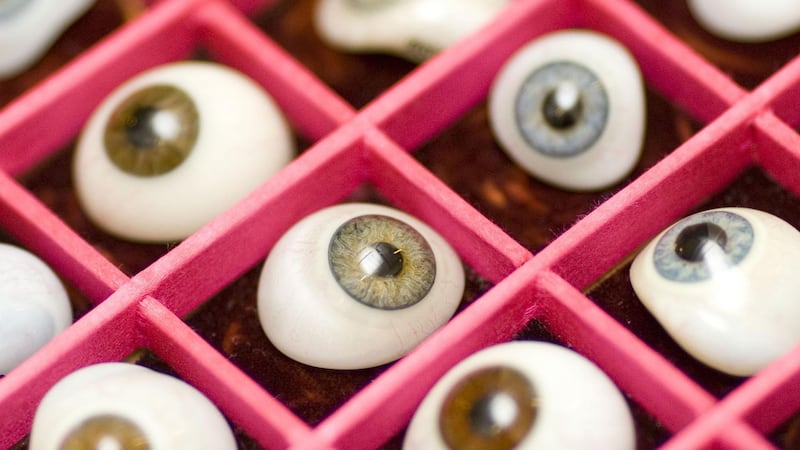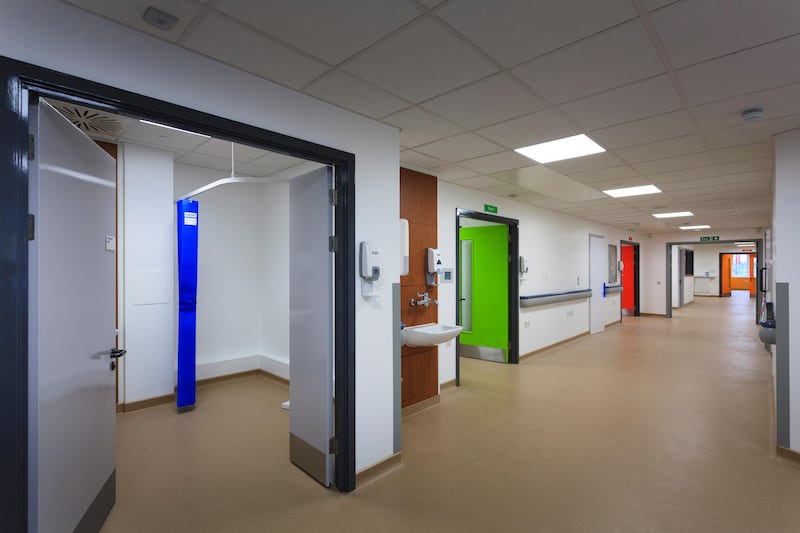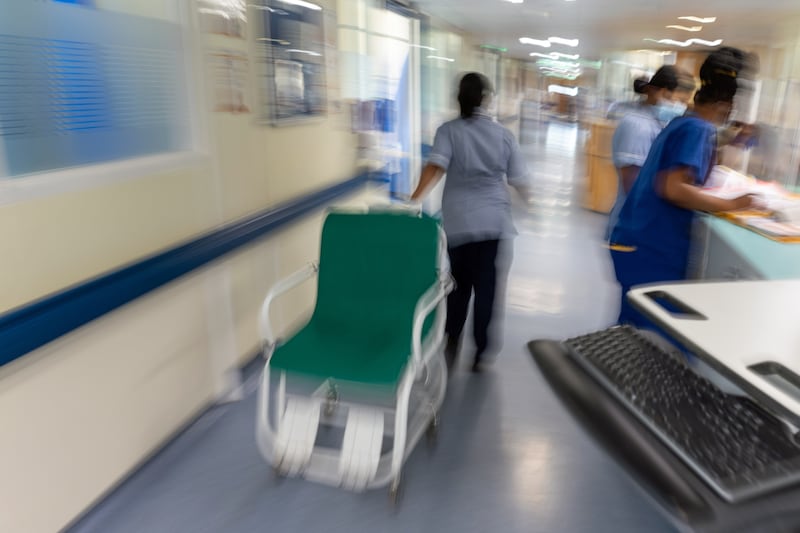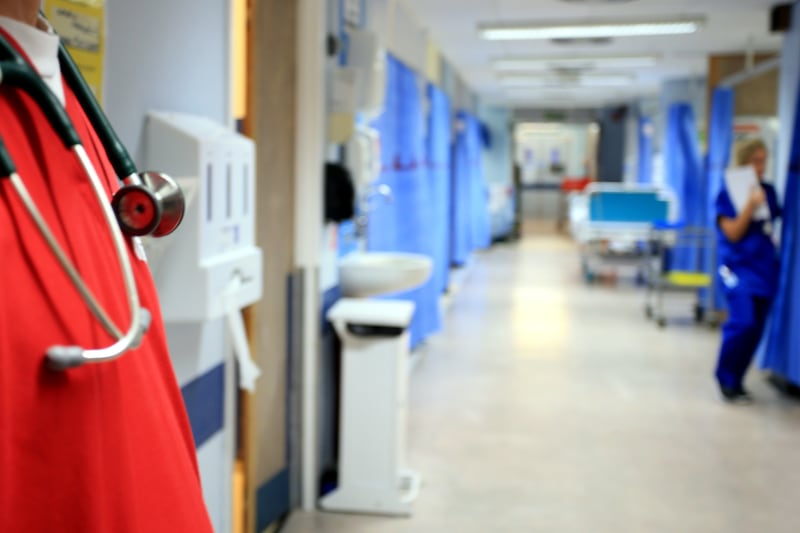Eyes taken from organ donors have been used in a trial that raises hopes of restoring sight with stem cells.
The British study, described as a “world-first”, involved grafting laboratory-grown tissue on to the eyes of patients with a condition that causes severe vision loss.
Over a period of 18 months, the transplanted stem cells triggered significant scarring repair that was not seen in untreated patients.
However both groups experienced non-significant levels of vision improvement – something that requires further investigation, say the researchers.
A total of 16 patients took part in the pilot trial conducted by scientists from the University of Edinburgh.
The stem cells were grown from cornea samples taken from the eyes of organ donors within 24 hours of death.
These were cultured on amniotic membrane – tissue taken from the placenta that is known to promote healing – before being transplanted on to the surfaces of patients’ eyes.
All trial participants suffered from a condition called limbal stem cell deficiency (LSCD) which can be caused by disease, or physical damage due to chemicals or heat.
LSCD leads to the loss of specialised stem cells in the cornea, the eye’s protective outer layer. As a result, instead of remaining transparent, the cornea becomes scarred and opaque.
Professor Balijean Dhillon, who led the study published in the journal Stem Cells Translational Medicine, said: “The findings from this small study are very promising and show the potential for safe stem cell eye surgery as well as improvements in eye repair.
“Our next steps are to better understand how stem cells could promote tissue repair for diseases that are extremely hard to treat and if, and how, they could help to restore vision.”
Why vision improvement was seen in both the treated and untreated “control” groups of patients remains uncertain.
It is likely to be due to the non-stem cell treatments all the study participants received. These included “artificial tears” eye drops made from the patients’ own blood serum that contained growth-promoting chemicals.








